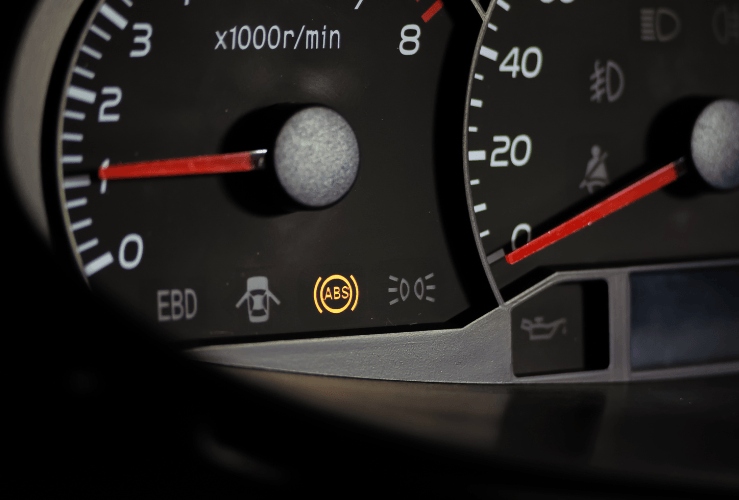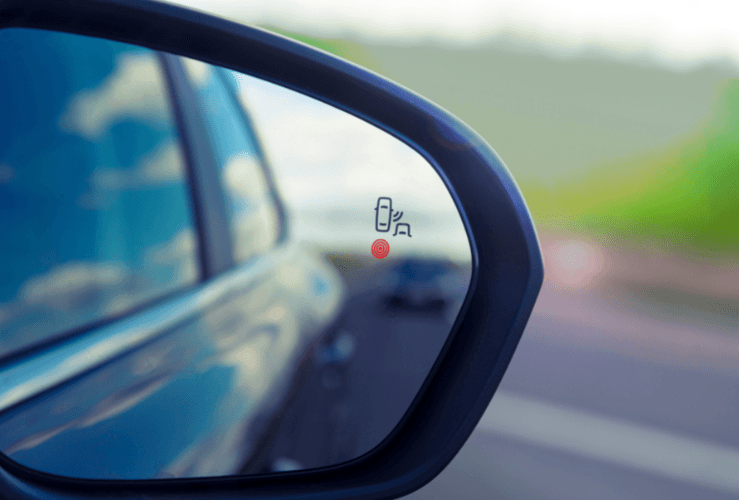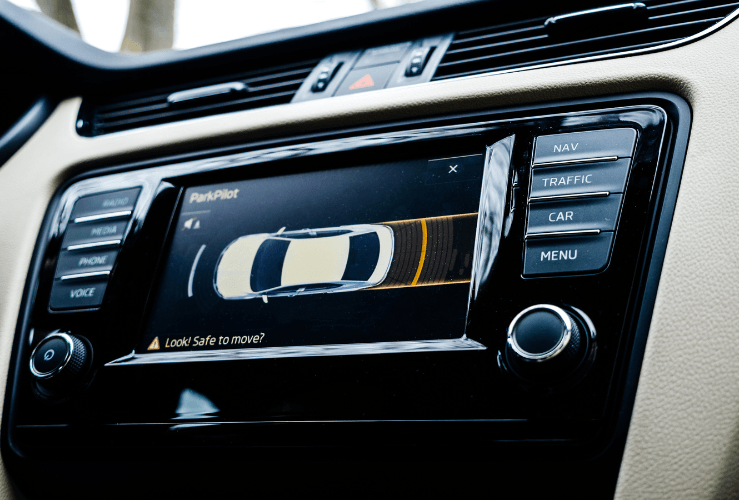Driving a car before the 1980s was considerably riskier than it is today. Even the humble - but essential - seatbelt did not become compulsory until 1983.
Thankfully, a raft of additional safety systems have been developed in the last few decades, many of them now mandatory in all new UK cars.
They have undoubtedly contributed to making the UK the third safest European country to drive in.
Here are 11 of the most important safety systems and how they work…

Anti-lock Brake System (ABS)
This system prevents wheels from locking up during sudden braking, allowing drivers to maintain steering control and shorten stopping distances.
As early as the 1920s car makers were experimenting with ABS, but it wasn’t until the 1960s that it took a form comparable to today’s systems - and even then it was only installed on race cars such as the Ferguson P99.
In 1971 Chrysler, in association with the Bendix Corporation, developed Sure Brake for its Imperial model, and similar technologies began being adopted by other carmakers.
Today, all cars have ABS fitted as standard.
Electronic Stability Control (ESC)
Enhances vehicle stability by automatically reducing engine power and applying individual brakes to correct oversteer or understeer.
ESC is now installed as standard on all cars.
The system will activate if the vehicle detects the driver is losing control. It may also be deactivated in certain circumstances - e.g. if the brake disc temperature is too high (it will automatically reactivate when the brakes cool down).

Blind Spot Monitoring (BSM)
The blind spot monitoring system detects other vehicles in a driver's blind spot and alerts them to potential dangers when changing lanes.
BSM warnings may take the form of audio alerts, flashing lights or vibrations.
Such a system may also feature ‘Rear Cross-Traffic Alert’ technology, which identifies oncoming traffic when the vehicle is reversing out of a parking bay.
The first production vehicle to have BSM technology (termed the Blind Spot Information System) installed was the 2003 Volvo XC90 Mazda was the first Japanese carmaker to adopt such a system, through its 2008 Mazda CX-9 Grand Touring.
While initially BSM was only installed on premium models, today it is much more widespread.
Lane Departure Warning (LDW)
A lane departure warning system detects when a vehicle is unintentionally drifting out of its lane and alerts the driver (i.e. without the driver having signalled).
The invention of LDW is often attributed to British inventor Nick Parish, who developed it for the Rover SD1 in 1988.
LDW technology was later fitted on Mercedes Actros trucks in 2000.
Forward Collision Warning (FCW)
The Forward Collision Warning System detects potential front-end collisions with vehicles or other obstacles and alerts drivers to take action.
It uses radar and camera technology to determine the relative position of objects ahead of the vehicle.
Also known as the Collision Avoidance System, the origin of Forward Collision Warning (FCW) technology is sometimes attributed to Cadillac in the 1950s, although that system is far cry from today’s elaborate FCW kit.
Automatic Emergency Braking (AEB)
Applies full braking force in the event of an imminent collision, reducing the risk of a crash or minimising its impact.
Nearly all modern cars are fitted with some form of Automatic Emergency Braking.
Even the budget-friendly Dacia Sandero boasts AEB!
Rear-view Camera
The rear-view camera system helps drivers see what's behind them when reversing, reducing the risk of collisions with pedestrians, cyclists, or other vehicles.
The system is especially useful in the UK, given the huge increase in urban cycling in recent years, in part facilitated by the expansion of cycle lanes nationwide.
It’s also extremely useful when parking in tight spots, offering a better view than can be obtained by the driver turning their head.
Most rear view cameras do not record what they see.
Adaptive Headlights
Automatically adjusts the angle of the headlights based on the vehicle's speed and steering angle, improving visibility in corners.
Traditional fixed headlamps may not provide sufficient illumination when moving into corners.
An Adaptive Headlights system does not automatically switch from low to high beam. However, some cars are fitted with auto high-low beam headlights, which stay on high beam under low light conditions and switch to low beam when an oncoming vehicle is detected.

Park Assist
Park Assist helps drivers manoeuvre into tight parking spaces by providing audible and visual guidance.
Basic versions will steer the vehicle (a god send for those who dislike parallel parking), while accelerator, brakes and gears remain under the driver’s control.
Tyre Pressure Monitoring System (TPMS):
The TPMS monitors tyre pressure and alerts drivers if it falls below a safe level, reducing the risk of tyre failure and improving fuel efficiency.
In a worst-case scenario, an under-inflated tyre will begin to flex, causing the tyre wall to heat up and potentially lead to a blow-out.
An over-inflated tyre can suffer from reduced traction and increased wear and tear down the centre of the tyre - since this is where most road contact occurs.
Cruise Control
Cruise Control automatically maintains the speed of a vehicle.
Very basic versions of this system were developed in the 1900s, but a more advanced Cruise Control system was developed in 1948 by the blind inventor, Ralph Teetor.
The Second World War was a major factor in the system’s development in the United States, because petrol shortages required cars to travel at slower speeds - and cruise control could help maintain these without input from the driver.
Find out more about cruise control and when to use it.
Cruise control not working? Here's 10 potential reasons why your cruise control is not working.




